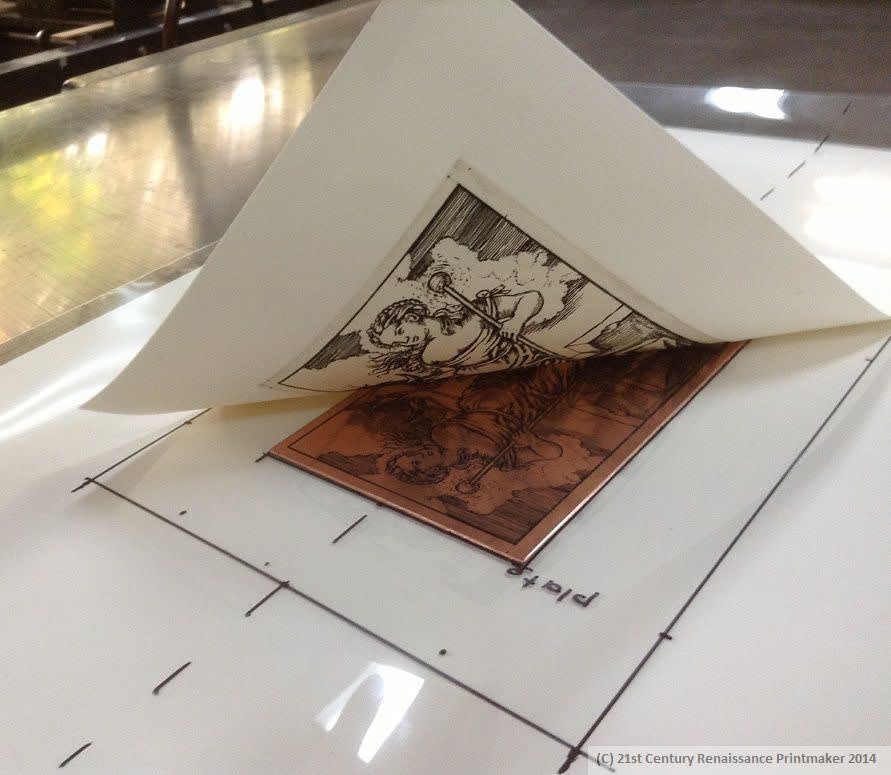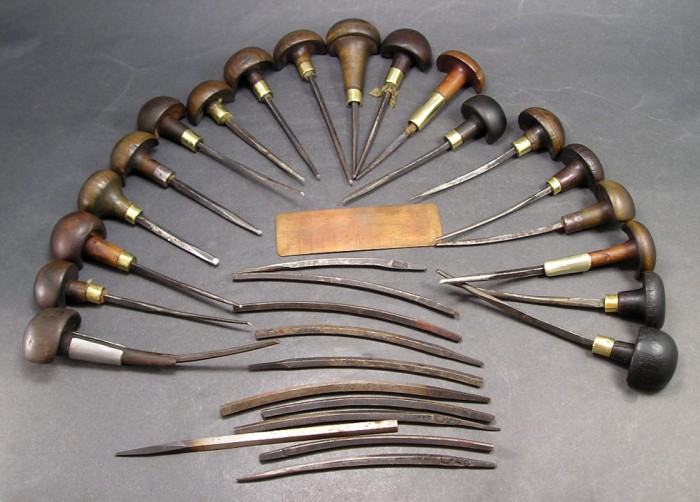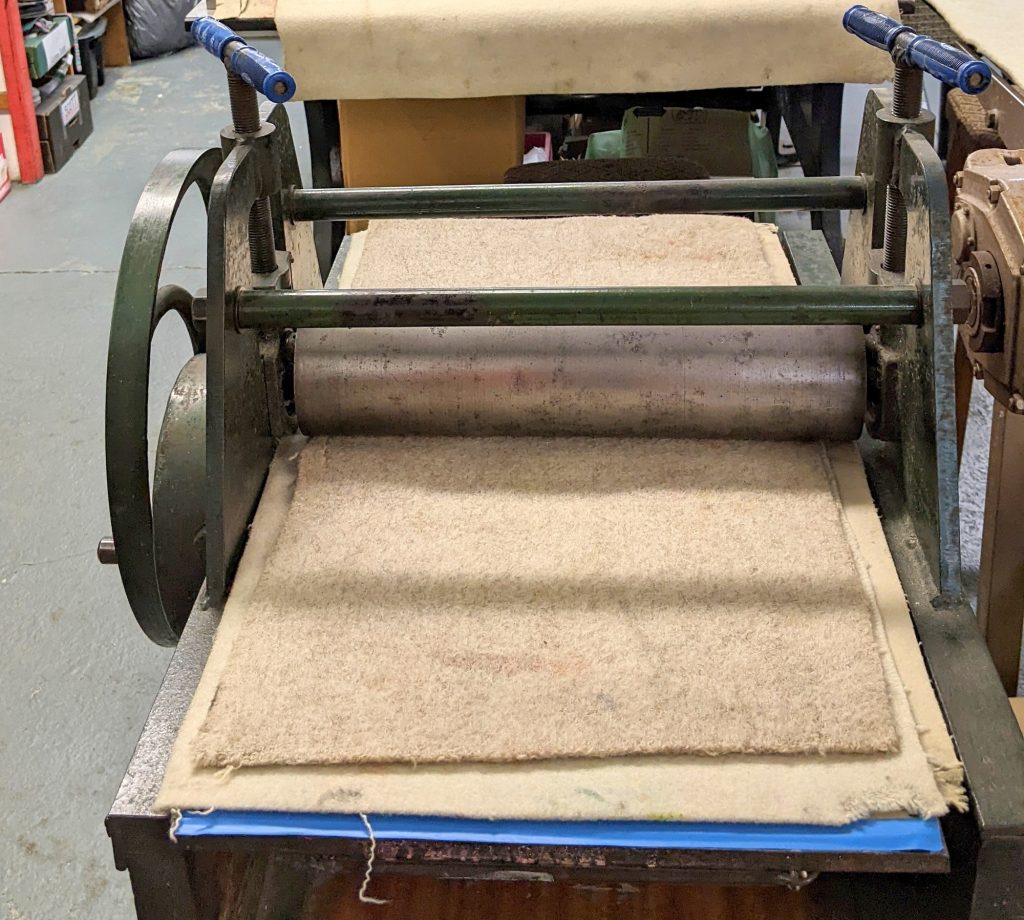
History of engraving
One of the oldest printmaking techniques, engraving can be traced back to ancient times as a method of decorating precious objects. However it was not until around the early 15th century in Germany that engraved plates began to be used for making prints.
Engraving is an intaglio printmaking technique that involves making incisions into a metal plate (usually made of copper or zinc) which retain the ink and form the printed image. Like etching and aquatint, engraving is an intaglio technique. Intaglio refers to all printing and printmaking techniques in which the image is incised into a surface, and the incised line or sunken area holds the ink. The burin (an engraving tool like a very fine chisel) makes incisions into the metal at various angles and with pressures which affects the amount of ink the line can hold – hence variations in width and darkness when printed.

To achieve this process, a metal plate is polished and buffed to take away any scratches or imperfections. The engraver then cuts the motif onto the plate, carving the image in using varying pressure to cut away a thin layer of metal which causes a groove in the plate. The engraver has a vast array of burins in different sizes that create thinner or thicker grooves in the plate. Creating smooth lines requires both strength and control on the part of the printmaker.
Details and depth can be applied through the use of hatching—lines, dots, and dashes, among other kinds of markings, that, when placed close together, create denser areas in the print that hold more ink.

The holding, or lack of ink, causes darker areas to appear and the process requires a great deal of skill to ensure that the markings are not too close together which would cause the ink to bleed between them, thus losing the sharpness of the image.
Once the full motif has been carved into the surface of the plate it is ready to be inked. The ink is carefully spread across the face of the plate and the excess ink is removed from the surface. Traditionally, a tarlatan rag would be used to ensure the ink is evenly distributed.
Once the plate is cleaned to the level required, it can be then used for printing. Early engravings were created by hand where the pressure was applied by the printmaker to the plate that would be pressed against the paper. Nowadays, whilst some printmakers choose to still apply pressure by hand, it is more common to use a special press equipped with rollers.

The plate is placed onto the press with the ink side facing upwards before the sheet is placed on top. Before the plate and sheet are moved through the press together, they are covered with printing blankets, often made of felt, to soften the pressure on the metal plate. Through the process and pressure the image is transferred to the paper creating the final design.

Discover our selection of prints for sale from some of the most important artists of the 20th century including Banksy, Damien Hirst, Andy Warhol and more. For further information and to speak to Andipa Editions, contact our gallery via sales@andipaeditons.com or call 020 7589 2371.
